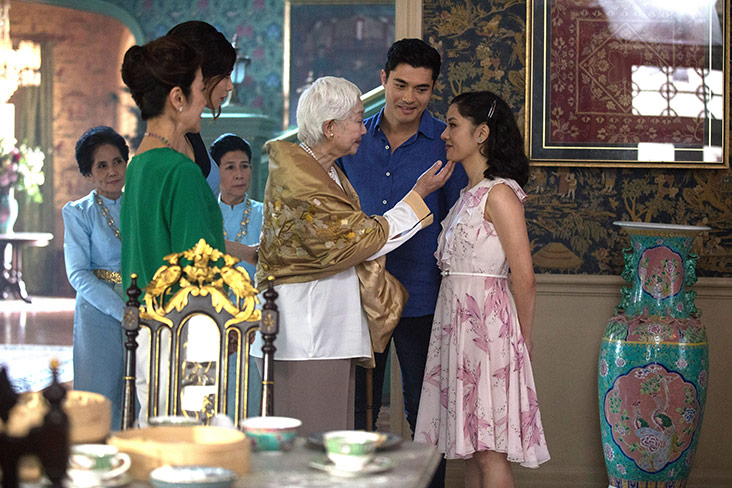AUGUST 26 — So, people are still going nuts about Crazy Rich Asians which is the first major Hollywood film in decades to feature an all-Asian cast and with an Asian (Singapore!) based story to boot.
My broad take was that I am happy to see Asians of any kind having more representation in Hollywood but the response in Singapore has been less positive.
Many voices I respect have criticised the film for being inauthentic and not representing Singapore’s racial diversity; basically, it just features almost all Chinese people and not the other groups who call Singapore home.
But I’m not sure this is the issue. I haven’t seen the film but there is no denying Singapore has serious issues with race and representation — isn’t it naïve to expect the blockbuster machinery to be the one outlet that will strive to provide a truly accurate depiction of Singapore?
After all, which country hasn’t been grossly misrepresented by Hollywood? Hollywood sells Hollywood and so it presents versions of a country marketable to its audience.
However, in this instance Hollywood may have got it right. As you complain about the film’s simplification of Singapore’s racial reality you must ask yourself; is Singapore really so multicultural in the first place?
The answer is that it depends on your perspective. Government posters may show us Chinese, Malays, Indians and well the “others” grinning away but for many Singaporeans this isn’t reality.
A recent study by the Institute of Policy Studies (IPS) looked deeply and insightfully at race and attitudes in Singapore and the results are quite fascinating.

What they showed (among many other things) was that only around 10-15 per cent of Chinese Singaporeans had attended a Malay or Indian wedding.
This is a good marker of interaction; if you have minority friends, you’d go to their weddings therefore most Chinese Singaporeans don’t seem to have minority friends.
The survey also indicated that only around 50 per cent of Chinese Singaporeans have ever participated in Malay or Indian festivals and that nearly 50 per cent of older (over 55) and a troubling 33 per cent of younger (under 25) Chinese Singaporeans weren’t comfortable with the idea of their children or grandchildren dating a Malay or an Indian.
Of course, the study needs to be read in full to be fully understood but it has some significant and worrying implications.
Crucially it divides Singapore’s population into segments with some Singaporeans identified as culturally closed (not interested in or open to other cultures) while another segment of the population is classified as culturally open.
Interestingly, most of those in the culturally closed off segment tended to be affluent, well-educated English-speaking Chinese.
Odd as you’d think more educated, English-,speaking people would be more tolerant and open but in Singapore the opposite is true.
And from my lived experience that seems accurate though I’d never thought of it before.
Affluent Chinese, in particular, tend to live in houses and condos where they interact primarily with other affluent Chinese.
They don’t use public transport, they don’t spend as much time at hawker centres, public clinics and other spaces where you are more likely to bump into other ethnic groups.
The children of affluent Chinese families also tend to attend schools which a have very high proportion of Chinese.
So, this group ends up interacting the least with minorities and as a privileged group they have the least to gain by expanding their social circle.
And it is the extremely privileged edge of this upper segment of Singapore society that Crazy Rich Asians depicts. In reality, this is a world where minorities play a very small role.
If you look at Singapore’s 30 richest people according to Forbes there are only three Indians and not a single Malay. In that context who is to say the film is inaccurate?
From a certain point of view, Singapore does look homogenous. And as writer Kevin Kwan himself admits: this was his reality, growing up.
We shouldn’t be picking issue with a film — we need to be picking issue with our divisions of race and class.
I may not be rich but entrenched racism does drive this Asian, crazy.
* This is the personal opinion of the columnist.






















